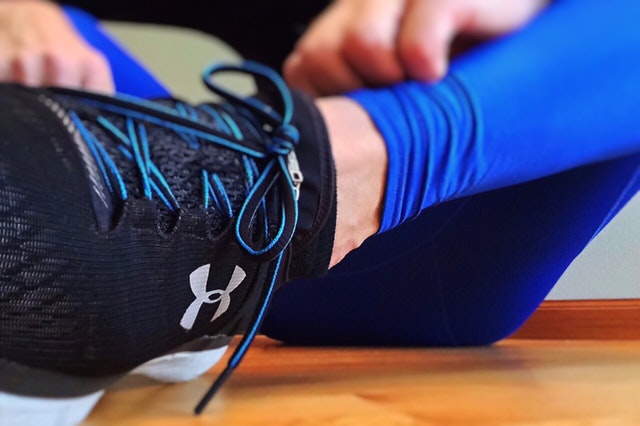If you notice a break in the skin on your legs, particularly around the ankle, you may have a leg ulcer. And while some ulcers my heal up within a week or two, many do not, especially when caused by underlying conditions such as chronic venous insufficiency (CVI). As a matter of fact, over 80 percent of leg ulcers are caused by vein problems like CVI. These are known as venous leg ulcers. Injury and poor circulation are the other main causes but are far less common. When left untreated, leg ulcers can grow, cause severe pain, lead to dermatitis, or become infected. It can also lead to blood poisoning or infection of the bone. In some cases, a tumor may develop within the ulcer. This is why it is important to see a doctor immediately if you develop one.
What causes venous leg ulcers?
When your veins and valves stop working, they stop sending blood from the legs to the heart. The blood falls backwards and pools in your legs, putting pressure on the walls of your veins. This pressure can eventually cause damage to the skin that can lead to ulcers.
What will your doctor do when you develop a leg ulcer?
When you visit your doctor, he or she will perform a number of tests to determine what is causing your ulcer. A physical exam can help determine the type of ulcer, though an ultrasound, MRI, or CT scan may be necessary in complicated cases or cases where your leg is severely swollen. Your doctor will also check your blood pressure, and do a series of blood and urine tests to rule out diseases like diabetes or rheumatoid arthritis that can contribute to the growth of an ulcer.
Treating Your Leg Ulcers
Once your doctor determines the cause of your leg ulcer, he or she will suggest a number of treatment options. The first step is to dress the wound to prevent it from coming in contact with bacteria. Your dressing may need to be changed by a nurse on a weekly basis. Compression stockings or bandages also play a major role in your treatment. They will counteract the pressure caused by the damaged vein long enough for the ulcer to heal. At home, your doctor may suggest keeping your legs elevated throughout the day. He or she may also suggest walking or regular activity as long as it does not involve prolonged periods of standing. Medications for pain and infection, special skincare regimens, skin grafts, and surgery to remove varicose veins could also be part of your treatment plan.




